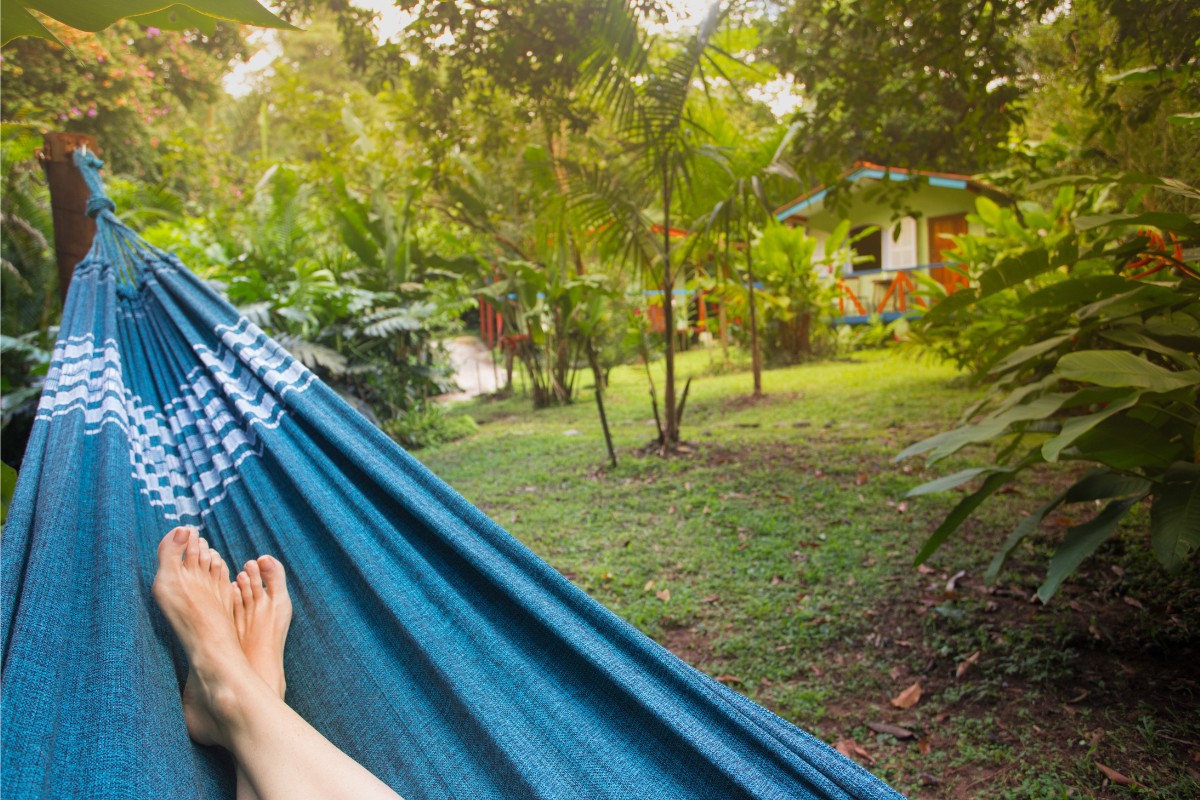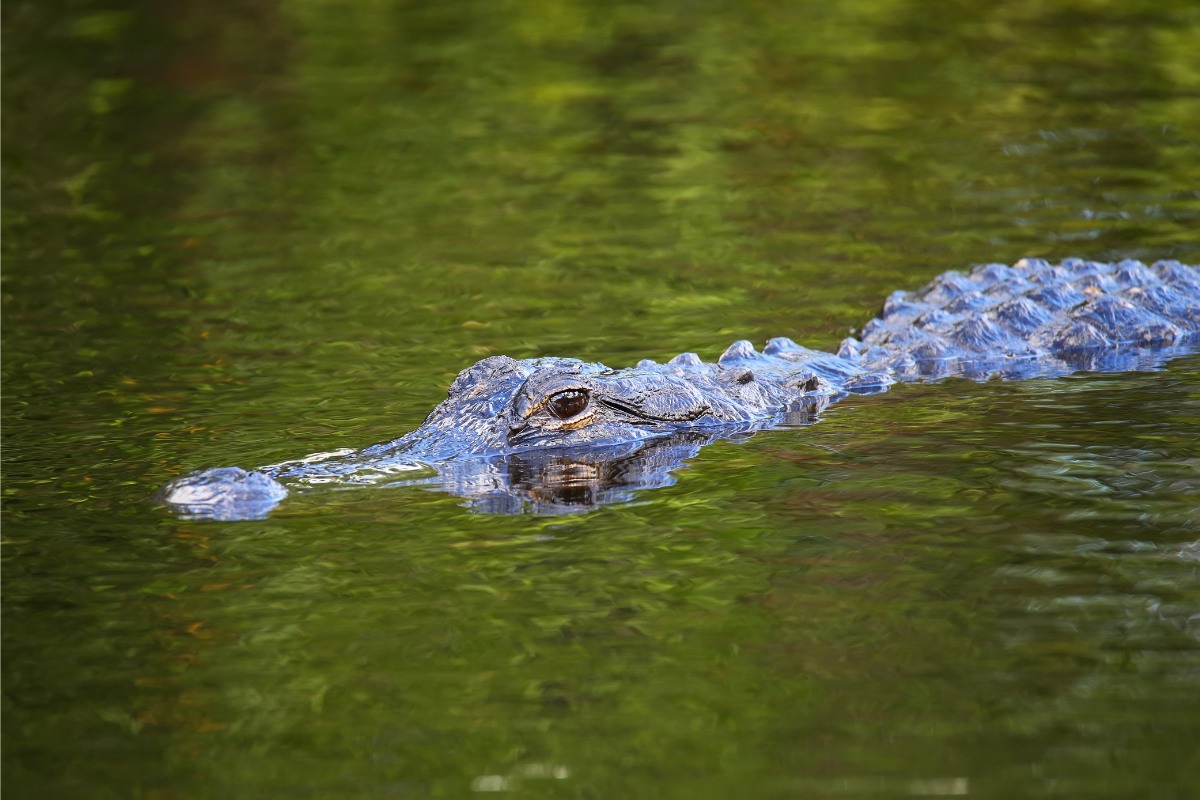It’s a Sunday morning, and you are all set to enjoy the warmth of the sun or grab a book in the comfort of your hammock. All of a sudden, you spot stains of food or dirt on your hammock. What would you do? You’ll probably rush over to the washing machine and toss it in for a good spin. Well, that’s something you shouldn’t do. Yes, you read that right. Your hammock demands a gentle cleansing rather than a regular spin. Whether it’s your canvas hammock or a yoga hammock, you need to be a little mindful when it comes to washing it.
How Can You Wash a Hammock
While a regular spin in the washing machine may give you a clean and nicely washed hammock, it won’t be able to retain its bright colors and may also pull off the threads of its fabric. This can further cause it to lose its longevity, and you may have to consider buying a new one soon. The type of wash to consider for your hammock depends on its type. Different types of hammocks require different washing and care techniques.
First of all, you need to figure out the texture and material used for the weave of your hammock, whether it’s an interlaced rope material, silk fabric, or spun from natural cotton. All these factors help you determine what washing process to opt for. For example, a rope hammock is attached to wooden bars on both ends to spread apart its ends. Such hammocks are usually made of polyester or cotton. On the other hand, camping hammocks are usually multipurpose and are built with utility in mind. They are made of lighter material, which is easy to carry and wash.
Listed below are some common types and styles of hammocks available in the market:
- Rope Hammocks
- Camping Hammocks
- Quilted Hammocks
- Poolside Hammocks
- Mayan Hammocks
- Hammocks with Stand
- Swing Chairs
- Nicaraguan Hammocks
- Brazilian Hammocks
Hammock Washing Machine Tips & Techniques
Some camping hammocks or poolside fabric hammocks usually come with carabiners attached to them. It is advisable to untie the carabiners and wash them separately in soapy, warm water. You can also use citrus-based detergents instead of the regular soapy base. You can also choose to blow the dirt and filth off your carabiners and give them good lubrication to ensure smooth movement of their hinges.
A Brazilian hammock can be soaked and washed in a sink while eliminating its loop ends from the process. When using a washing machine, you can tie up the loops and fold your hammock twice to avoid the tangling of the loops.
Travel and camping hammocks are easier to handle when it comes to washing them. You can pour in some cold water and try using a gentler detergent as an alternative to the regular one. Remember not to use bleach when you wash your hammock. Wash the hammock in a separate pool on a mild spin. This will easily remove the dirt and stains from your hammock and help you retain its quality without any damage.
Hand-Washing Process
Hammocks made of visibly delicate materials should be washed by hand. Even a gentle spin in the washing machine can ruin their weave and build. Hammocks made of nylon or untreated cotton can be washed using a hose process.
Spread out your hammock on a flat surface and use a hose to wet it and start scrubbing it with a brush with gentle bristles. Use warm water with detergent to clean it thoroughly and then repeat the same process on the other side. Wash it with water until the detergent completely comes off. This process will enable you to clean your hammock easily.
You can also use a bucket or a tub of warm water to wash your hammock by hand. Soak it in the tub for a few minutes and then repeat the process of cleaning it with a mild detergent. Use a bristle brush on areas with visible spots. You’ll notice this process will get the task done within minutes, and you’ll have a clean and bright hammock.
How to Dry a Hammock
Do not tumble dry your hammock. Always go for indoor or outdoor drying for your hammock. It may seem like an exhausting task to hang a dripping hammock, but it is not as hard as it may seem. All you need is to tie it across a drying rope using clips. Use more clips to support the weight of the hammock if it is too heavy. Make sure that your hammock doesn’t touch the ground and brush itself against any dirt or dust. Always consider drying your hammock immediately after washing it. Do not leave it wet for days; this may disintegrate its fabric and cause it to lack endurance. You can also consider drying it over two ropes at a distance for better airflow. Similarly, dry the carabiners and binders immediately after washing them. Once dried, attach them back to your hammock.
Storing a Hammock
After drying your hammock, you can put it back to use. But ensure it doesn’t get wet and remain that way for a long time. This may produce mildew and can make your hammock smell awful. Most Mayan hammocks made of nylon fabric are mildew resistant for the same reason. You must not fold or store your hammock while it’s still wet. Always let it dry completely and then fold it up and place it in a dry bag. Use a fabric bag that can let the air pass through it to store your hammock. Always store your hammock in a cool and dry place. Even if you have one of those hammocks that are weather-proof and can survive extreme conditions, consider storing them in a dry condition only. This will enable you to preserve light and bright colors over the years.








